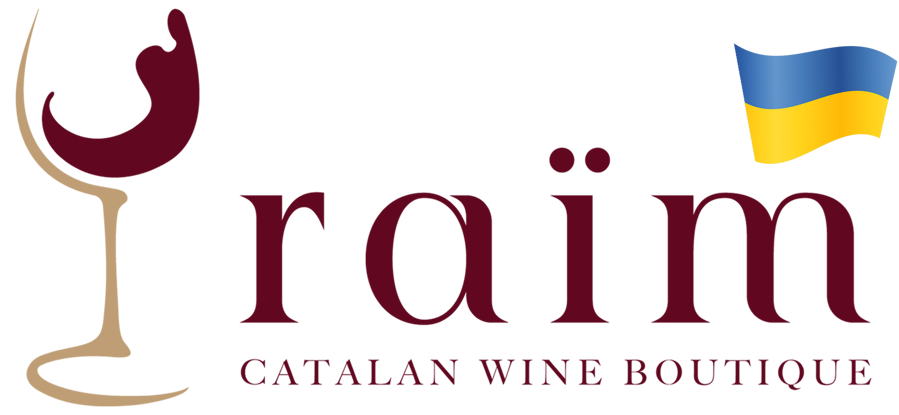5 Myths About White Wine
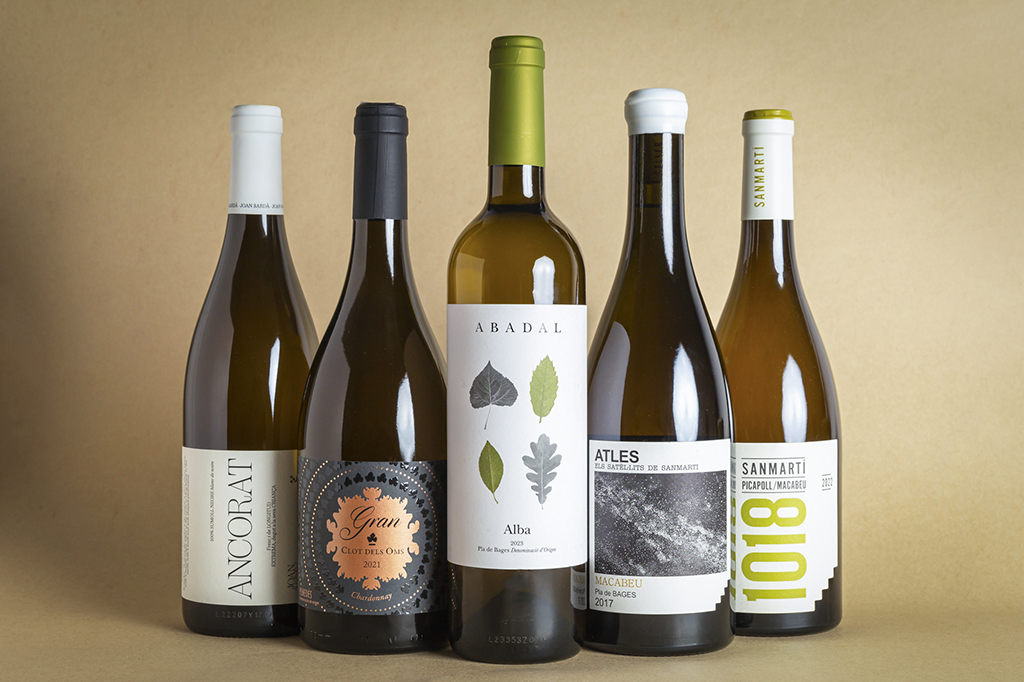
Often seen as more delicate to its red counterpart, white wine has been a beloved beverage for centuries. However, despite its popularity, there are a number of myths and misconceptions surrounding white wine that can confuse even the most seasoned wine drinkers.
For example, the traditional rule of “White wine for fish and red wine for meat” is not valid or correct today. They do not have to be served very cold, nor do they have to accompany fish, nor are they “white”.
Today, we’re setting things clear by busting some of the most common myths about white wine.
Myth #1. White wine is always sweet
One of the most pervasive myths about white wine is that it’s always sweet. While it’s true that some white wines, like Riesling and Muscat, have a naturally sweet profile, there are many other varieties that are far from sugary.
For example: Chardonnay, Sauvignon Blanc, or the iconic Catalan grape Xarel·lo are some examples of dry white varieties that have little to no sweetness.
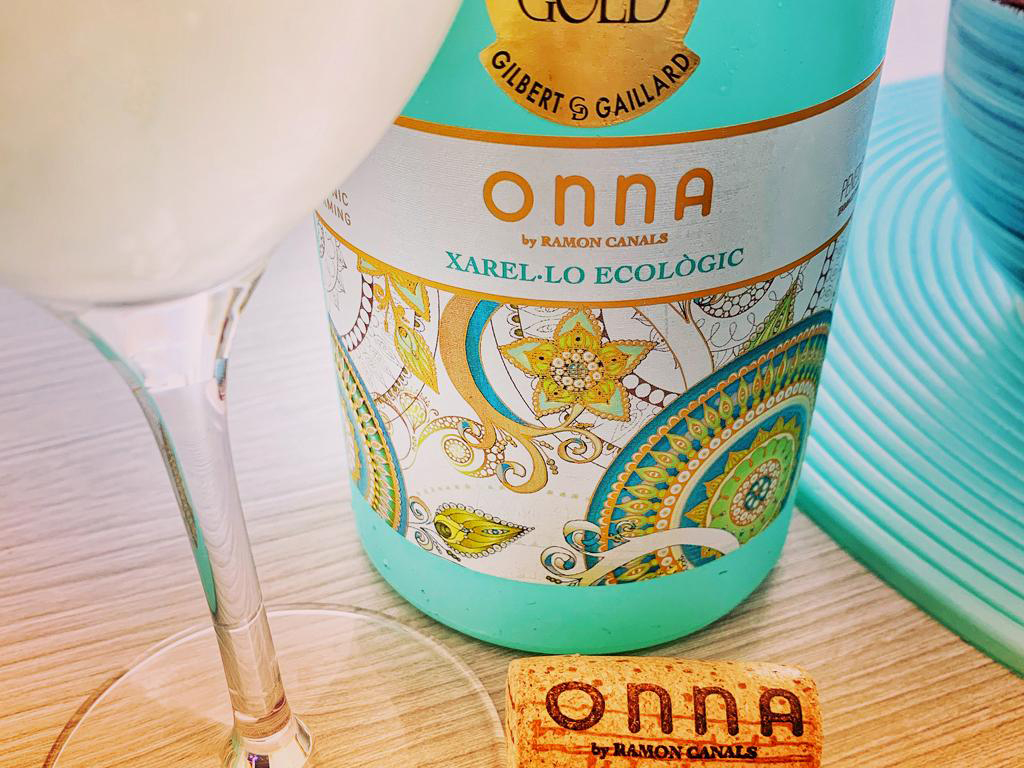
Myth #2. White wine should be served ice-cold
While white wines are typically served cooler than reds, serving them at a very cold temperature can actually dull the wine’s flavor, aromatic qualities, and subtler notes, leaving you with a less enjoyable experience.
The ideal temperature
for white wine varies depending on the style: lighter white wines with
high acidity are best served cold (around 7-10°C), while fuller-bodied ones are better enjoyed between 10-13°C.
Myth #3. White wine can't age like a red
White wines are lighter because they do not undergo the typical maceration process as reds do. However, that doesn’t mean white wines can’t age gracefully. In fact, some white wines are known to improve with age, developing complex flavors and rich textures.
If the grape variety is powerful, a white wine can have as much presence as a red wine. That is the case of full-bodied whites elaborated with the Macabeu and the Picapoll varieties, typical from the DO Pla de Bages wine region in Catalonia.
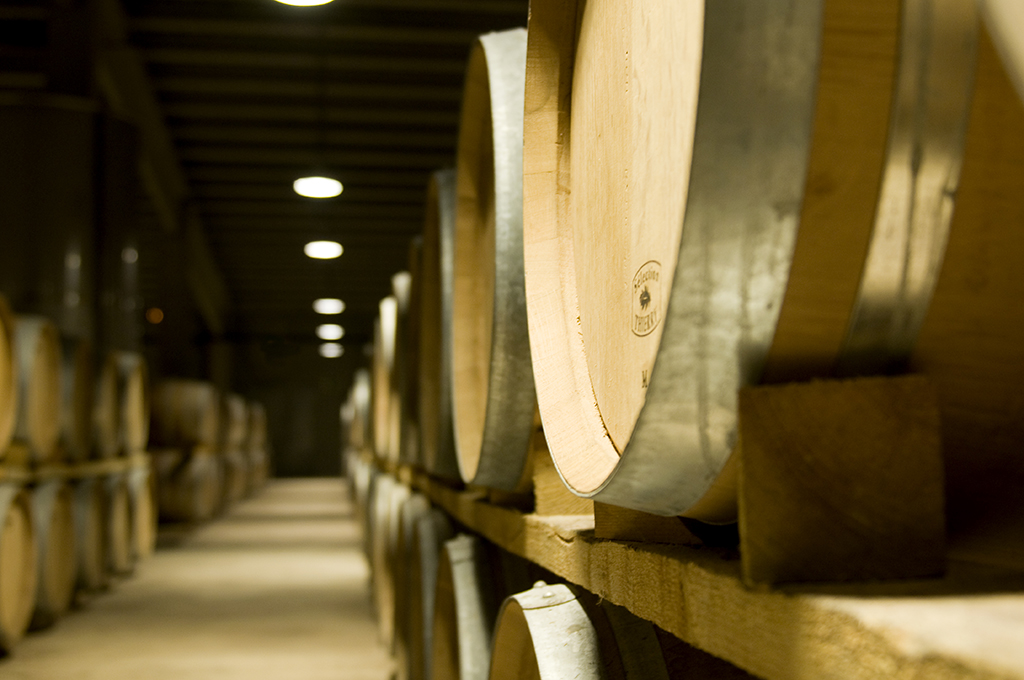
Myth #4. White wine doesn't pair well with rich foods
Another myth that often gets tossed around is that white wine is too light to pair with rich dishes. But in fact, white wine can complement a wide range of foods, including creamy pastas, roasted chicken, and seafood. The key is to choose the right one to balance out the flavors and aromas of the food which is pairing with.
For example, an aged Garnatxa Blanca from the DO Terra Alta pairs beautifully with poultry, while a sharp Xarel·lo can cut through the richness of a goat cheese salad.
Myth #5. White wine is only for summer
White wine, like rosé wine, is often associated with warm weather and summer, but that doesn’t mean it’s exclusively a seasonal drink. In fact, many white wines can be enjoyed all year-round.
Once again, a rich, oaked Macabeu can be a comforting choice for any fall and winter meal, while a crisp Xarel·lo can complement lighter dishes all year around. So, don’t be afraid to pour a glass of white wine, even when the snow is falling outside :)
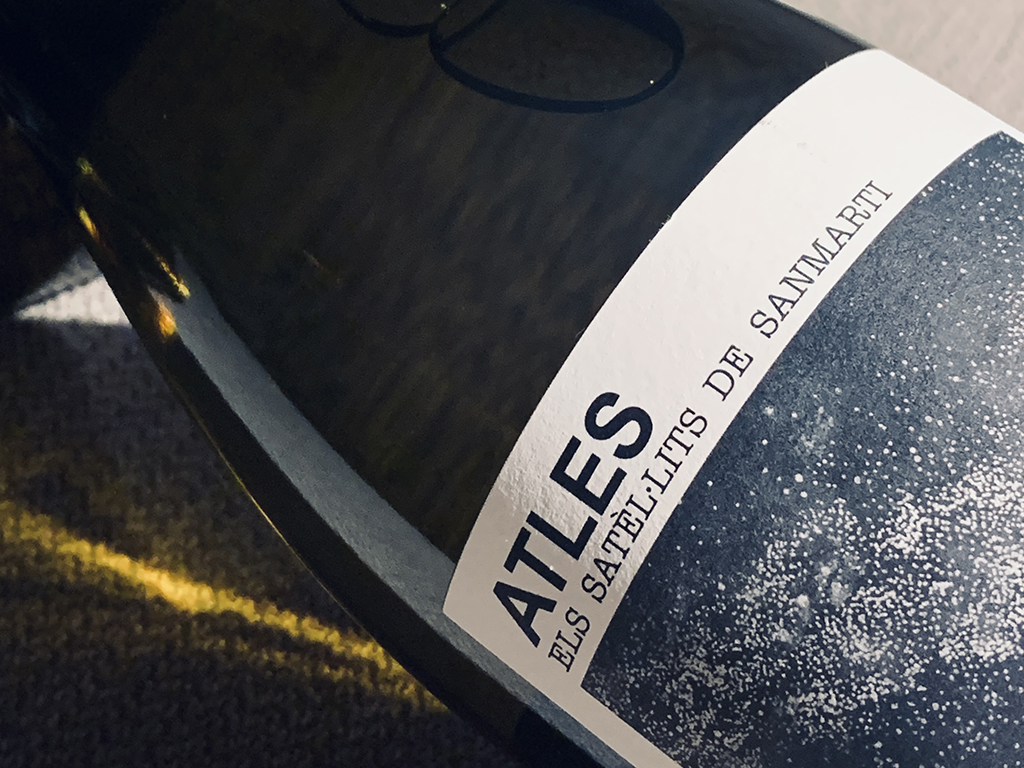
Conclusion
There are plenty of myths and misconceptions when it comes to white wine, but it is just as diverse, complex, and enjoyable as red wine. Whether you prefer something crisp or with a fuller body, there’s a white wine out there for every moment (and palate).
Check out our wine e-store to find premium white wines from Catalonia elaborated with the best local varieties — you might just discover a new favorite!
Cheers! 🍷
Article by Raïm.lv ©ALL RIGHTS RESERVED.
Best Practices to Store Wine at Home

Wine is a delicate product, and improper storage can lead to oxidation, spoilage, or the loss of desirable characteristics.
Fortunately, storing wine at home doesn’t require a cellar or an elaborate setup — just a few key principles can go a long way in preserving your wine for years to come.
Whether you're a casual wine drinker or a
passionate collector, proper wine storage is crucial for maintaining the
quality and flavor of your wines.
Here’s a guide to the best practices for storing wine at home, so you can enjoy your bottles at their best when the time is right.
1. Keep the right temperature
Temperature is one of the most critical factors in wine storage.
Wine should be stored at a consistent temperature — ideally between 7-18°C. Fluctuations in temperature can cause the wine to expand and contract, which may push the cork out or let air into the bottle, leading to oxidation.
Ideal range: 13°C is considered optimal for most wines.
Avoid extremes: Temperatures that are too high can cause the wine to age prematurely, while temperatures too low may slow down its maturation.
If you don’t have a wine fridge or a cellar, a cool, dark spot in your home (such as a closet or basement) can work. Just be sure that it doesn’t get too hot in summer or too cold in winter.

2. Store bottles horizontally
Storing wine bottles on their side is another key practice for proper storage.
This helps keep the cork moist, preventing it from drying out and allowing air to enter the bottle. If the cork dries out, the wine is more likely to oxidize and spoil.
Side placement: Place the bottle horizontally or at a slight angle, with the label facing up. This will also allow you to easily read the label when selecting a bottle.
This practice is especially important for wines sealed with corks, but it's not necessary for bottles sealed with screw caps or synthetic corks, though storing them horizontally won’t hurt.

3. Choose a dark place
Light — especially sunlight and fluorescent lighting — can degrade wine over time, leading to what is known as “lightstruck” wine, which has a musty, unpleasant odor.
UV rays can break down compounds in wine, causing it to age prematurely and lose its flavor profile.
Darkness is key: Store wine in a dark room or in a wine fridge with UV-protective glass. Avoid placing bottles near windows or under bright lights.
If you’re storing wine on a shelf, try to keep it in a place that is shielded from direct light exposure.

4. Control the humidity
Humidity is an often-overlooked aspect of wine storage, but it can affect the integrity of the corks and the actual wine.
If the humidity is too low, corks may dry out and crack, leading to leakage and oxidation. If it’s too high, mold may develop on the cork or the label, although this isn’t typically a major concern for home storage.
Optimal range: Aim for a humidity level of about 60-70%. This helps keep the corks in good condition without encouraging mold.
In homes with very dry air, consider placing a shallow pan of water nearby or investing in a small humidifier. In humid climates, ensure the area is well-ventilated.

5. Avoid vibrations
Vibrations can disturb the delicate aging process of wine by agitating the sediments and affecting the wine's chemical composition. In that sense, repeated or consistent motion can prevent the wine from settling and maturing properly.
Keep wine still: Store your wine in a place that’s free from constant movement, such as near washing machines, heavy traffic areas, or appliances that vibrate.
Wine fridges and wine cellars are typically designed to minimize vibrations, which is another advantage of investing in dedicated storage.

6. Store reds and whites approprietly
While most of the above principles apply universally, there are a few differences between storing red and white wines.
Red wine: Red wines, especially those with rich tannins, age better at slightly warmer temperatures than whites. However, they should still be kept in the 7-18°C range, with 13°C being the ideal temperature.
White wine: White wines, rosé wines, and sparkling wines are best stored a little cooler, typically around 7-10°C. This helps maintain their freshness and acidity at their optimal level.
If you have space constraints, you can store both types together, just remember to be mindful of the temperature.
7. Organize your collection
As your collection grows, it can become difficult to keep track of what you have and when it was purchased. Organizing your wine collection can prevent you from missing bottles or forget about the ones you already have.
Labeling: Keep a simple system in place to track your wines. You can label bottles by vintage (the year when the grapes were harvested), type, or region, or even create a wine inventory on your phone or computer.
Rotation: Store those wines you plan to consume soon at the front, and older or special bottles toward the back. This will make sure that your older wines don’t get overlooked.

8. Invest in a wine cabinet
If you are planning to have a wine collection or looking to store wine for long-term aging, it might be worth investing in a dedicated wine fridge or a wine rack that’s specifically designed for optimal storage.
Wine fridge: These appliances are designed to maintain the correct temperature, humidity, and protection from light. You can find them in various sizes, from small countertop units to large, multi-zone fridges for more serious collectors.
Wine rack: For less temperature-sensitive storage, a wine rack in a cool, dark location can be a great solution. Look for racks that allow for bottles to be stored horizontally, which maximizes space and ensures that corks stay moist.

9. Consider the wine’s aging potential
Not all wines are meant to age. Many wines, particularly lighter whites and reds, are made to be consumed soon after purchase. On the other hand, high quality wines, such as tannic reds, sparklings, and dessert wines, can improve with age if stored properly.
Drink sooner vs. age longer: If you’re storing wine that’s meant to be consumed within a few years, you can store it at slightly higher temperatures or in less ideal conditions. For wines you plan to age, stick to the ideal storage conditions outlined above.

10. Conclusion
By following these simple practices for wine storage, you can ensure that your bottles age gracefully and are ready to be enjoyed at their peak (the wine’s ideal point of maturation in terms of flavour and aroma).
Whether you have a small collection or a budding wine cellar, proper storage will help to preserve the integrity of your wines and enhance your enjoyment over time.
So, take the time to find the right spot, keep in mind the storing conditions, and organize your collection. Your future self — and your wines — will thank you :)
Cheers!
Article by Raïm.lv ©ALL RIGHTS RESERVED.
Prosecco, Champagne, or Cava?

© Foto: urifoto.lv
When thinking about sparkling wine, Champagne and Prosecco are the iconic names that any wine enthusiast most probably has in mind.
However, and despite being around for a while, lovers of great bubbles tend to overlook a third type that doesn’t enjoy the same deserved recognition as the other two. And that is Cava.
While this name might sound new to some people, the truth is that Cava is the third great spear of the “sparkling wine trident”, along with the Italian Prosecco and the high quality Champagne.
But what are the differences between the three types of sparkling wine? Are they all equally relevant in terms of quality?
To find a proper answer, let’s first understand what Cava is about:
What is a Cava sparkling wine?
Adopting the historical name of a winery's cellar where the wines are stored for aging, the production of Cava sparkling wine has been around the Iberic Peninsula for almost 2 centuries.
Dating back to the 19th century and with 95% of its output produced in Catalonia, this high quality sparkling wine uses the same method of production as the french Champagne, ensuring a taste of excellence.
Known as the traditional method or champenoise, this production method focuses on a second fermentation of the base wine in the bottle - an essential process to develop its sparkling bubbles and distinct bouquet.
Furthermore, a mandatory aging period of at least 9 months helps the final wine to achieve its optimal texture, creaminess and aromas to be ready for consumption.
Now that we know what Cava is about, let’s see what sets it apart from the famous Prosecco:

Prosecco vs. Cava
While both Cava and Champagne undergo a second fermentation in the bottle, the elaboration of Prosecco follows the charmat method, where the base wine is fermented in large stainless steel tanks to develop its classic bubbles.
This method focuses on extracting the primary aromas of the base wine, which doesn't undergo a second fermentation in the bottle as both Cava and Champagne do. Therefore, Prosecco ends up being a much sweeter and lighter sparkling wine than the other two.
While a Cava develops all its flavors and aromas thanks to the main fermentation in the bottle and its aging on the lees, a Prosecco lacks the maturation and aromatic intensity of a high quality sparkling wine.
In that sense, where a Prosecco would be ideal to enjoy as an aperitif or in a cocktail mix, a Cava is better suited for richer meals, pairing better with a wider range of flavors and cuisine styles.

Cava vs. Champagne
As we’ve seen, both Champagne and Cava share the same traditional method of production. However, there is a crucial difference that sets these two types of sparkling wine apart from each other: the climate.
Located in northern France, the Champagne region suffers from colder temperatures that affect the growing characteristics of the grapes, limiting their ripening conditions. On the other hand, Cava enjoys the versatility of a Mediterranean climate, allowing the grapes more time to ripen until an optimal stage.
Therefore, while Champagne is limited in producing vintage and dry sparkling wines, Cava can afford to elaborate different types and styles, thanks to the warmer temperatures and longer hours of sun.
But the versatility of Cava goes even further:
Despite using a traditional coupage (blending) of three native varieties as Champagne does, Cava allows a wider range of authorized varieties, enhancing the styles of production and pairing options with different cuisine styles.

Why Cava?
There are many reasons that explain why Cava is a guarantee of excellence in sparkling wine that every wine enthusiast should know about.
Let’s review the main ones we have discussed so far:
1. Production
The second fermentation of the wine and its aging period in the bottle ensures the development of all the nuances and aromatic complexity, essential to achieve the high quality status of the resulting Cava.
2. Flavor
With its optimal grape ripening, Cava offers an extra variety of flavors thanks to its Brut Nature category, producing dry sparkling wines of an excellent character and personality that can’t be found in the likes of Prosecco or Champagne.
3. Versatility
Beyond the classic blending of Macabeu, Xarel.lo and Parellada, a Cava sparkling wine is also produced with other authorized varieties, such as Malvasia, Chardonnay, Garnatxa, Monastrell, Trepat, or Pinot Noir, offering wider possibilities in terms of flavors and styles.
4. Affordability
While the price of a Champagne bottle is directly affected by the limited production of the region, Cava winemakers can afford to increase their production without compromising quality, which leads to lower costs, and therefore, more affordable prices.

Final thoughts
The unique identity of Cava is well known among wine experts and enthusiasts alike.
Boasting an intense aroma and complexity like no other, Cava is a taste of excellence in sparkling wine, and a true pleasure for the most demanding palates.
At Raïm we specialize in premium Cavas and classic wines from Catalonia, a fascinating Mediterranean region in northeastern Spain. Wines produced with both native and international grape varieties from local estate vineyards.
Shop high quality wines today and discover the Mediterranean flavor at its best!
Article by Raïm.lv © ALL RIGHTS RESERVED.
Introducing Catalan wine regions: D.O. Empordà

© Foto: urifoto.lv / doemporda.cat
With an average production of 65,000 hl., the D.O. Empordà wine region in Catalonia is home to an array of crisp and highly aromatic wines that are a festival for the senses.
Flanked by the iconic headland of Cap de Creus and a stunning rocky coastline, Empordà is a renowned wine growing area that attracts wine enthusiasts and foodies alike.
The region boasts a typical Mediterranean climate that combines mild winters and hot summers, where its sun-drenched vineyards extend across vast plains and mountain hills that enjoy a privileged location by the sea.
Let’s explore what makes this region a unique wine growing area of its kind:
Welcome to D.O. Empordà
The story of winemaking in the D.O. Empordà wine region stretches back over two millennia, with evidence of viticulture dating back to the ancient Greeks and Romans.
Nestled between the Pyrenees mountains on the north and the blue waters of Costa Brava on the east, Empordà's gifted location delivers highly acidic wines of delicate flavors and intense aromas.
The Tramuntana wind is the most characteristic aspect of the region’s climate, deeply affecting the vine cultivation and growing process, as well as the vineyard’s health.
In addition to its world-class wines, Empordà is also celebrated for its rich cultural heritage and charming medieval villages, such as Pals and Peratallada, as well as the region's local cuisine.
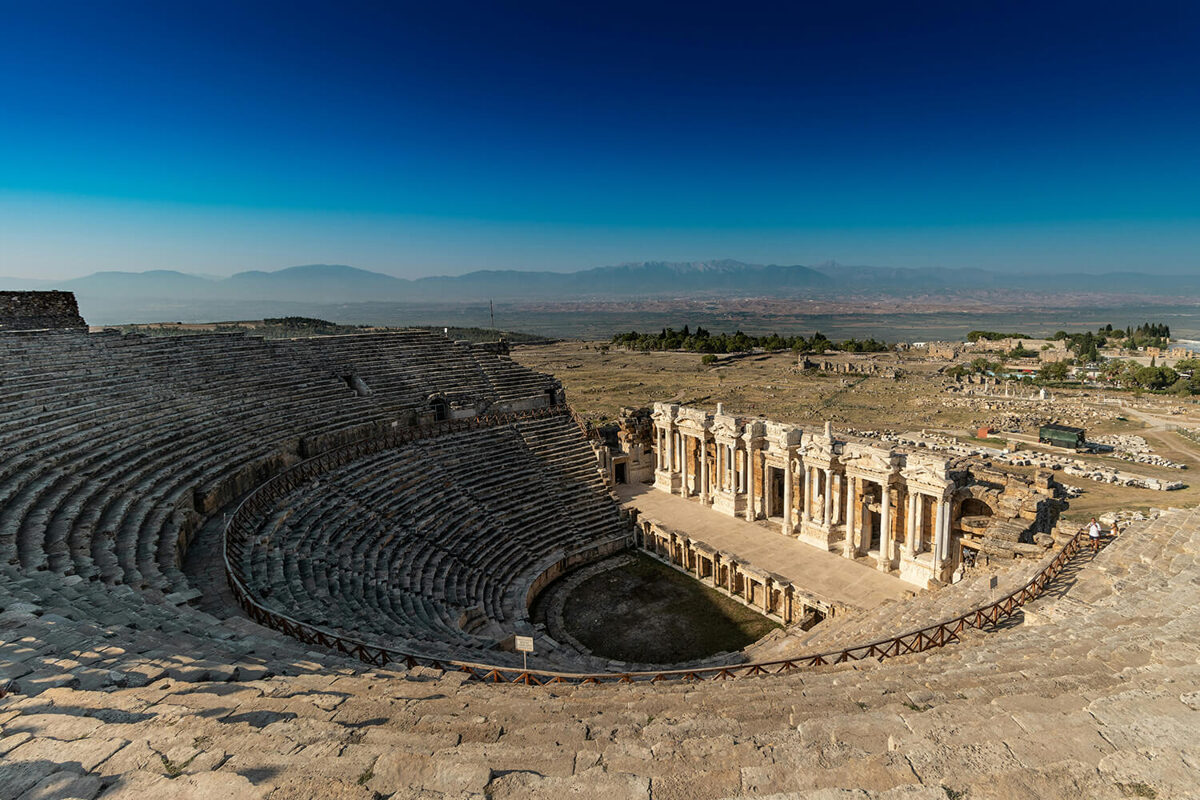
A bit of history
Named after an important Greek colony, Empórion, the wine culture and its trade arrived in the Empordà area approximately in the VI century BC. Four centuries later, the region would become one of the most prosperous colonies in the Tarraconensis province of the Roman Empire.
In the Middle Ages, when vines were planted around abbeys and monasteries, the region’s monastery of Sant Pere de Rodes established its own practice in the art of vine growing, settling the foundations of a long winemaking tradition in the area.
The infamous Phylloxera epidemic that ruined most of the European vineyards also made its way across Empordà in the late 19th century, ruining what would have been very prosperous times that would take decades to recover.
Two centuries later, thanks to advanced production methods and new growing practices, the region has recovered its vine growing potential and improved the quality of its winemaking process.
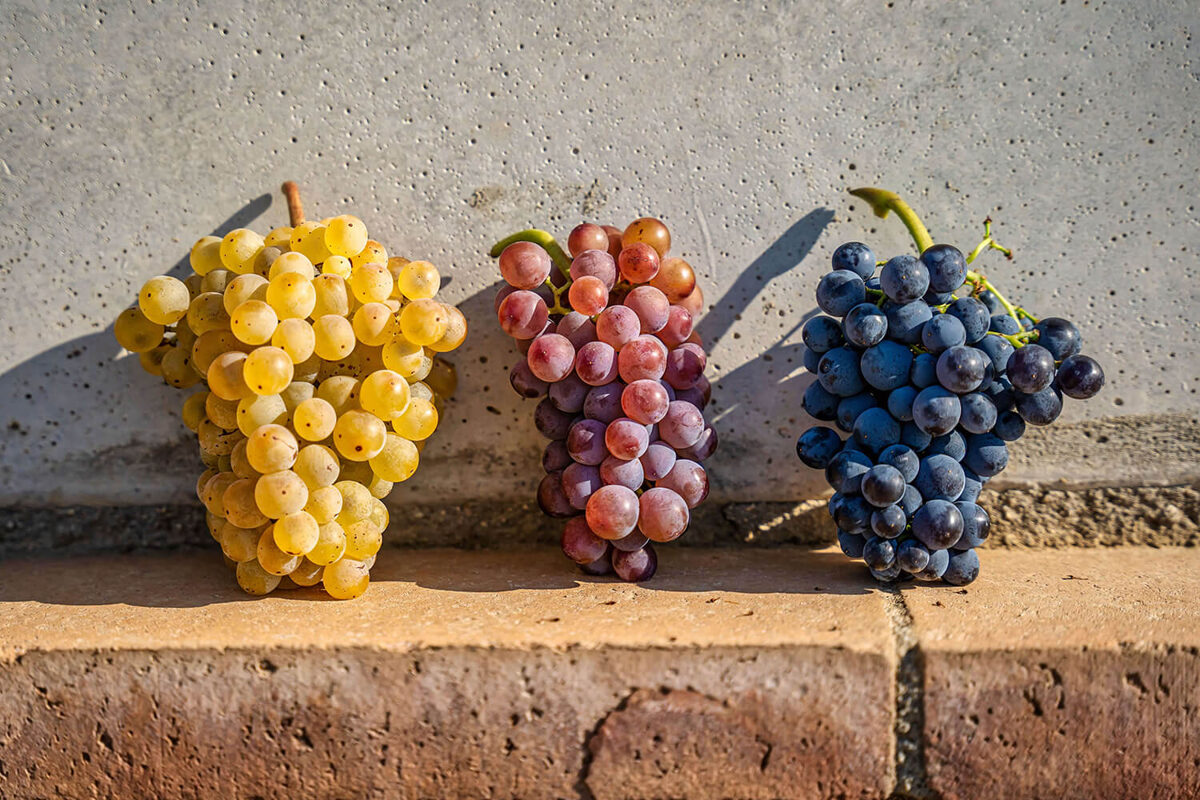
Grape varieties and terroir
One of the most captivating aspects of D.O. Empordà is the diversity of its terroir, shaped by rugged hills and the Tramuntana wind that sweeps through the vineyards.
With an average temperature of 15ºC and a rainfall of 600 liters per year, the region’s mild winters and hot summers create an ideal environment for high quality winemaking, allowing for the cultivation of a wide range of grape varieties.
The main red ones include Garnatxa and Carinyena, along with the whites Macabeu and Garnatxa Blanca, producing wines that reflect the region's Mediterranean climate.
In recent years, winemakers have also embraced the cultivation of international varieties such as Chardonnay, Syrah, Cabernet Sauvignon, and Merlot, blending them with local grapes to create unique and innovative wines.
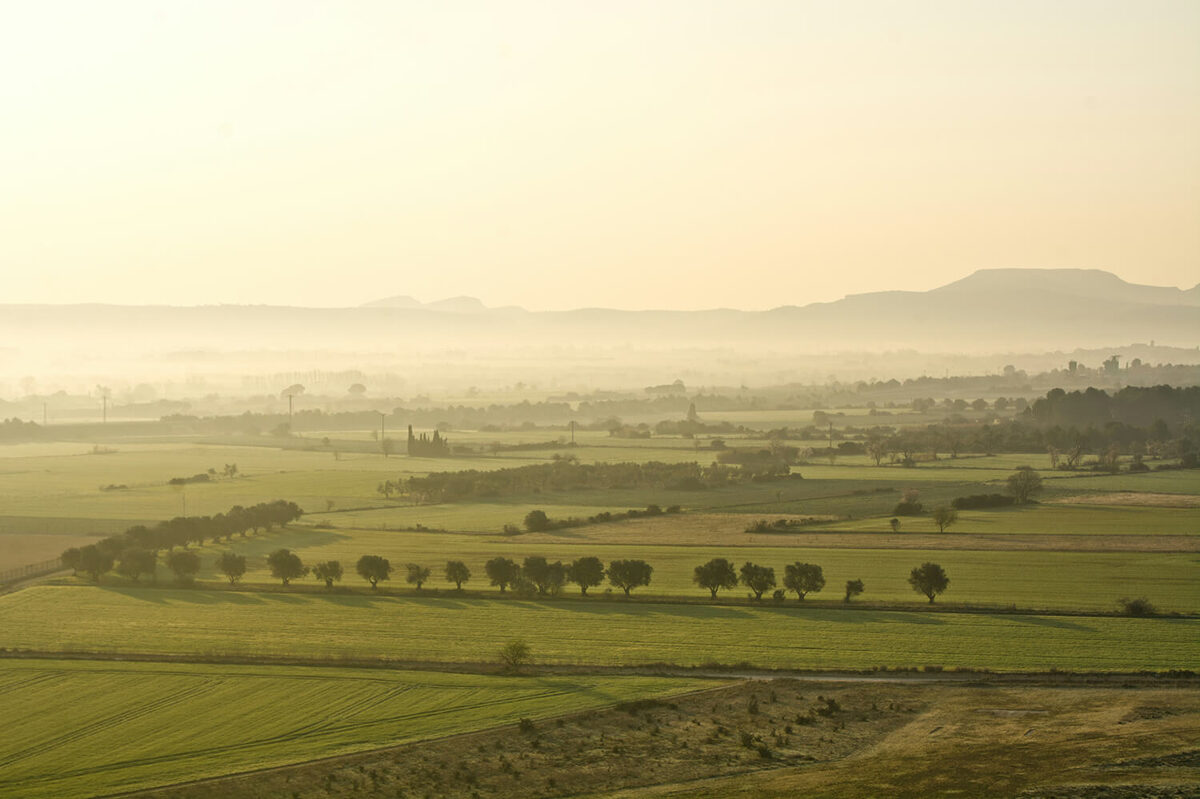
Vineyards by the sea
Another aspect that makes D.O. Empordà a unique wine region in Catalonia is the large extension of its growing area, covering around 2000 hectares.
Divided into the 2 subregions Alt (higher) and Baix (lower) Empordà, the exceptional diversity of its terroir ensembles this region into a beautiful land of contrasts:
Bordering the Pyrenees mountain range to the north and the Mediterranean coast to the east, the Alt Empordà is located in the north-east of Catalonia. Its production stands out for the bold and full-bodied red wines, where the Garnatxa and Carinyena grapes reign supreme.
Further south, the Baix Empordà enjoys a milder climate and vast coastal plains, overlooked by the imponent Begur Massif. The production highlights in this area include the refreshing whites, characterized by their bright acidity and citrus notes.
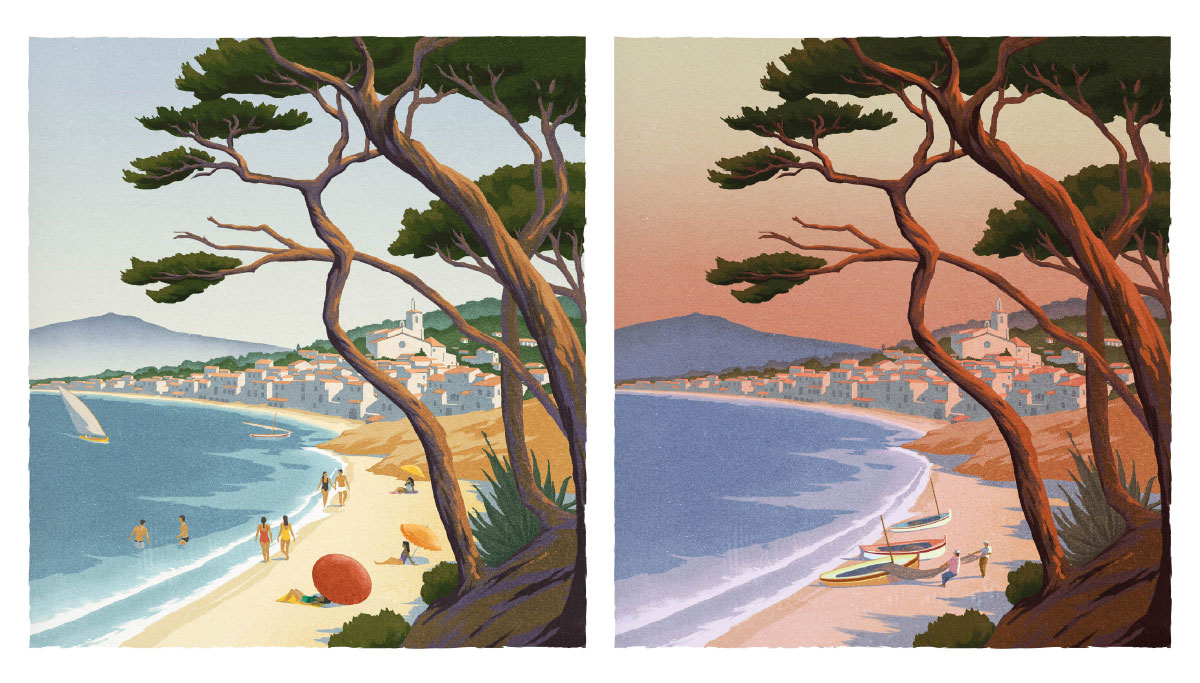
D.O. Empordà wines
Empordà is renowned for its red wines, which thrive in the region's warm, sun-drenched climate. These grapes yield bold, full-bodied wines with rich flavors of ripe berries, spices, and earthy undertones.
For white wine enthusiasts, Empordà offers an equally exciting selection, with varieties such as Garnatxa Blanca, Macabeu, and Muscat d'Alexandria. These grapes produce crisp, refreshing wines characterized by floral aromas and a vibrant acidity that pairs perfectly with the seafood dishes of the region.
A speciality of the area is the Garnatxa de l'Empordà, a naturally sweet wine produced from the Garnatxa grape. Full-bodied, well-ripen and silky, it makes an exceptional dessert wine, only to compete with the area's iconic Moscatell.
The organic wines produced from overripe grapes, Mistelles, and the region’s small but fine sparkling wine production complete the range of wines elaborated in this D.O.
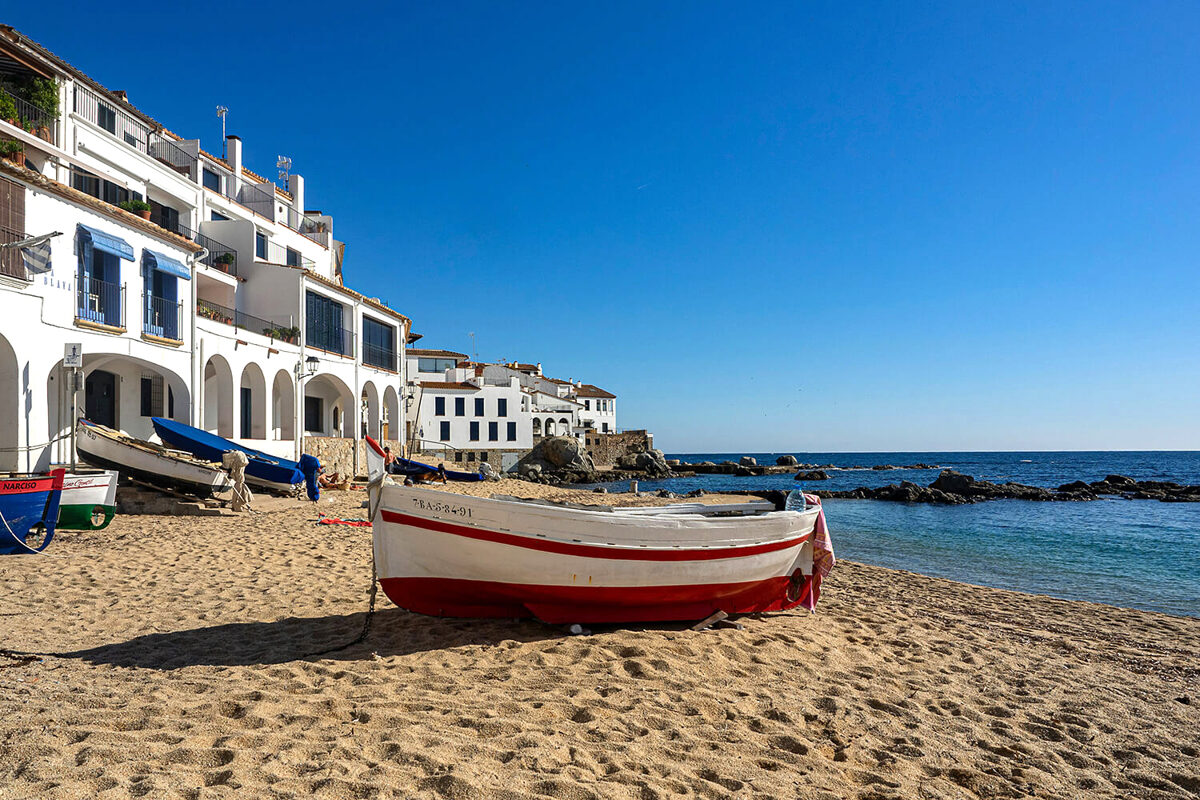
Final thoughts
The D.O. Empordà wine region is a hidden treasure waiting to be discovered. With its ancient vineyards, grape diversity, and Mediterranean climate, Empordà wines are one of the best examples of Catalonia's long winemaking tradition.
Whether you're a seasoned wine expert or a curious enthusiast, a visit to Empordà promises to delight your senses and ignite a newfound appreciation for the art of winemaking.
At Raïm e-shop we specialise in Cava sparkling wines and classic wines from the exciting Mediterranean region of Catalonia.
Shop high quality wines today and discover the taste of the Mediterranean at its best!
What is a high quality wine?

When tasting something we like, especially food or wine, we rarely hesitate in giving our opinion about it. We instinctively say: “It’s so tasty!”, or “This doesn’t taste too good”.
We call it “personal taste”, but the truth is that our taste is highly influenced by official quality standards that determine what the ideas of “good” and “bad” might feel like.
In this blog we’ll explore the different elements of wine quality to understand what makes a good wine actually good. From the environment where the grape has grown to the complexities and aromas that enhance your tasting experience.
Let’s dig in:
Good wines, bad wines... isn’t it all subjective?
Well, yes and no.
As social individuals, we’ve learned that our taste makes us different and unique. Hence why we always express it in subjective terms, that is, from our self perspective: “I like this”, “I dislike that”. From there, we start evaluating people for having a good or bad taste in things.
However, there is something else to consider beyond the categories of “good” and “bad”: the idea of quality. And whereas taste may be subjective, quality standards can be identified, understood and reasonably explained.
Sometimes we hear people saying: “I have no preference, I like everything”. But even in situations when someone with a broad taste needs to choose between 2 different options (like 2 types of wine), there is a reason why their choice coincides with the ones who do have a preference.
The reason? Simply put: quality.
Now let’s dive into the key elements that contribute to affecting wine quality.
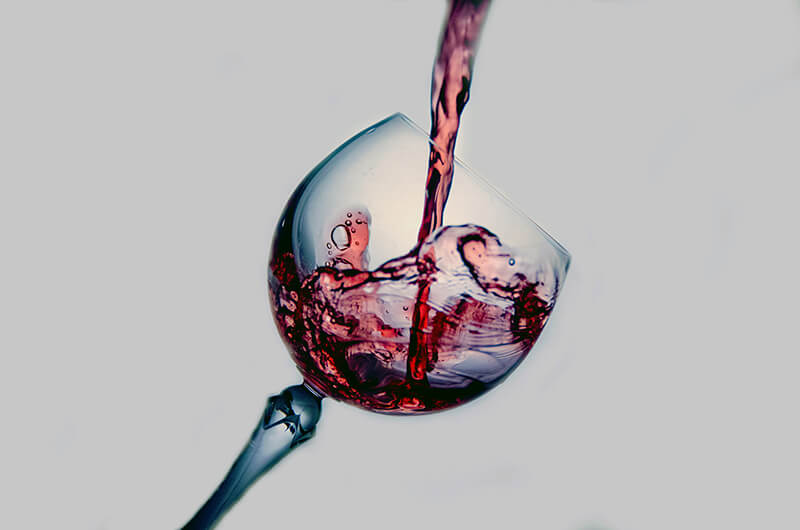
The 5 indicators of good quality in wine
When pouring wine into a glass, pay attention to these indicators before jumping into the tasting experience. This will help you to understand the quality level of the wine you’re about to consume.
1. Color
Each type of wine exhibits a specific color that matches with its characteristics. A color tonality might vary depending on the grape variety, the climate, and the amount of direct exposure to sunlight.
Aging also contributes to changing a wine color over time. For example, a young white wine will boast a less intense yellow tone than the richer, more vibrant yellow of an aged one.
2. Aroma
High quality wines exhibit intense primary aromas, that is, floral and fruity notes belonging to the grape variety and the vine, as well as mineral textures.
On the other hand, the smell and taste of wood are bad indicators of wine quality. Wood aroma is meant to balance the primary aromas, not overpower the characteristics of the grape.
3. Deposits
A proof of aging and preservation, wine deposits are a sign of good quality. Although one might think the opposite, these deposits are just the residual yeast that remains in the vessel or in the bottom of the bottle after the fermentation process is completed.
While being a proof of quality, it may be unpleasant to find deposits in the glass after pouring the wine, that’s why decanting is usually a recommended practice in wine tasting.
4. Balance, complexity and depth
A wine that exhibits harmony within its flavors and aromas is definitely a quality one.
Maybe the most logical but also the most difficult goal to achieve, balance in wine is crucial to perceive all its flavors and aromatic complexities. The sensation of harmony in the mouth is a synonym of good quality, and the condition for wanting to have another glass.
The same happens with depth and complexity, revealing different layers of flavors that add new nuances in the wine. For instance, after swirling the wine for the first time, many aromas are released in contact with the air, allowing the flavors to evolve while enhancing a tasting experience.
5. Finish and aftertaste
When the aromas and flavors of a wine persist in the mouth after the first sip, we can say that this wine has a persistent or long finish. In that sense, the longer the persistence, the higher the quality of the wine will be.
High quality wines exhibit a longer finish by default. Primary aromas and flavors linger for a while, giving way to secondary and tertiary aromas that enrich the overall wine bouquet.

The 3 factors affecting wine quality
After covering the main indicators affecting wine quality in the tasting experience, let’s briefly talk about three factors that have an important role in determining such quality:
1. Environment, climate and terroir
Climate and weather are essential factors for the growing process of a grape, affecting its ripeness, juiciness and acidity. For instance, grapes grown in warmer climates will have more sugar and tannic content than those grown in cooler climates, with higher acidity but lower tannins.
A land’s geology and terroir also play an important role in determining the quality of a grape. For example, the rocky slate soils of D.O.Q. Priorat region in Catalonia will produce more alcoholic, full bodied wines than the clay soils of coastal regions like D.O. Alella or D.O. Empordà.
2. Harvest and growing practices
In addition to the environment, harvest and production methods are other important factors to take into account when considering the quality of a wine.
While mechanized harvesting may be faster and more efficient, it can’t ensure that only the best grapes are selected as the hand-picking does. The harvesting season also plays a crucial role in the quality of a grape, contributing to its ripening stage, as well as defining the vintage of the wine.
Moreover, sustainable production methods such as organic and biodynamic farming are key to minimize the impact of pesticides and chemical fertilizers on the grapes during the growing season.
3. Vinification and aging process
The vinification process will also have a direct impact on the complexity of the resulting wine, boasting its flavor compounds and aromas depending on the added yeasts, the fermentation type, and its temperature.
Even more, whether a wine has evolved in an aging vessel for a certain time plays an important factor in developing its final bouquet. For instance, wines aged in oak will boast more nutty aromas, whereas those aged in stainless tanks or concrete vessels will develop more floral or fruity ones.
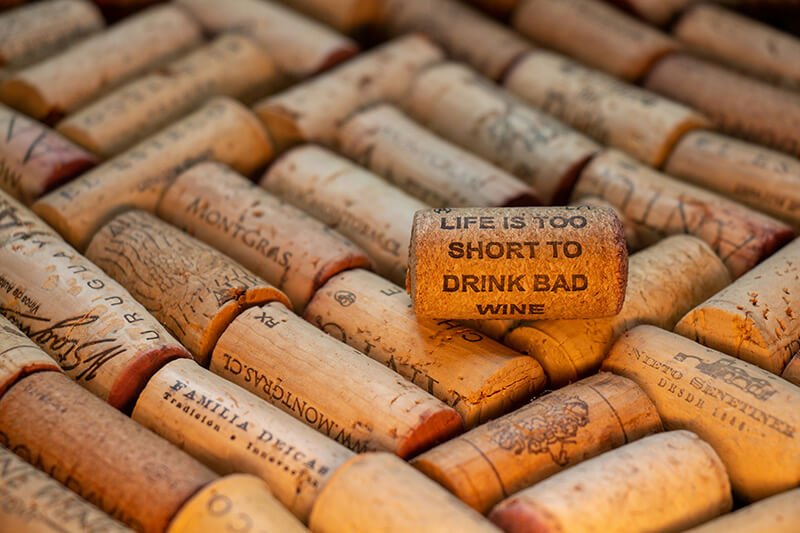
Final thoughts
Now that you know what it takes for a wine to be actually good, it’s time to ask yourself one last question: is it worth it?
Well, that ultimately depends on you: If you consider wine as just another beverage to socialize with, its quality might not be a defining factor when purchasing one. However, if you appreciate the complexities and work that lays behind each bottle, a good quality wine it’s definitely of great value.
At Raïm we specialize in Cava and still wines from Catalonia, a stunning Mediterranean region in northeastern Spain. Wines from small family-owned wineries with decades of experience in the art of winemaking.
Shop high quality wines today and discover the Mediterranean flavor at its best!
Article by Raïm.lv © ALL RIGHTS RESERVED.
